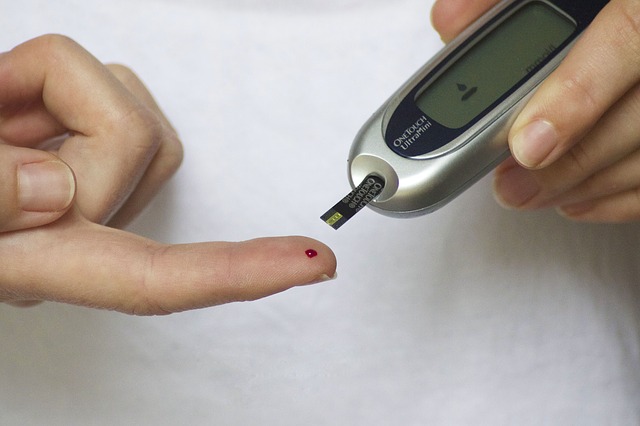I am pregnant with diabetes

If you are one of those mothers-to-be who has high levels of blood sugar, even if you did not have a history of Diabetes before pregnancy, you are likely to have Gestational Diabetes. This condition comes into being when your body is not able to produce and use all the insulin it needs during your pregnancy, resulting in raised glucose levels.
Gestational diabetes usually affects the mother-to-be later in the pregnancy, in the third trimester. At this stage in the pregnancy, the baby’s body is fully-formed, but is growing rapidly. This is also a reason why gestational diabetes does not cause birth defects, which are sometimes seen in babies whose mothers had diabetes before pregnancy.
Research shows that one in ten women gets Gestational Diabetes. Why this happens all of a sudden could be attributed to many causes such as over eating or eating foods with high glycaemic counts, excess abdominal fat, hormonal changes during pregnancy, bed rest (lack of activity), and genetic transfer (family history). Sometimes having a child at an older age could make the mother-to-be prone to Gestational Diabetes. You could also have a predisposition towards Diabetes, which mean you could be an individual with ‘prediabetes’ where pregnancy could aggravate your condition.
Please do not allow yourself to worry or stress about this condition, as, if it is handled right, it is completely manageable and will not hinder a healthy and happy pregnancy experience However, acknowledging the condition is important.
The routine blood and urine tests your Gynaecologist asks you to perform during your pregnancy will help you keep a check on your overall glucose levels. If your results are found to be higher than normal, it is a good idea to consult your doctor and chart out steps to get it under control.
Usually some standard tests such as simple blood sugar fasting, random sugar fasting, oral glucose intolerance and urine test are conducted to monitor glucose levels during pregnancy. Your gynaecologist may also refer another test called HbA1c that helps get an average reading of glucose levels across three months. However few doctors suggest daily monitoring of blood glucose levels as HbA1c sometimes does not give accurate results specifically in the case of gestational diabetes.
Most doctors advise you to keep a check on weight gain as this is a critical factor leading to Gestational Diabetes. Studies in USA have shown that obese women are more prone to gestational diabetes than women with normal BMI (Body Mass Index).
Remember, Gestational Diabetes is a common condition during pregnancy. Try to remain calm. Follow your doctor’s instructions and medications if prescribed (to manage high or erratic blood glucose levels) and enjoy a safe and happy pregnancy.
We wish you good luck! Gestational diabetes has known to have very few complications and usually fades away post-delivery.
What I can do as family/friend of a person living with Gestational Diabetes
Pregnancy, as it is, brings with it many mental and emotional stresses. If it is combined with Gestational Diabetes, the stress levels, not only for the mother-to-be, but also the father-to-be and the family, tend to go up significantly. As a spouse, you have a very important role to play in the wellbeing of your wife and unborn child.
Research indicates that onset of Gestational Diabetes is often a result of eating patterns of the mother “induced by the surrounding family members”. Hence, as a partner, one of the easiest things you can do to help your wife is introduce and maintain nutritious and healthy eating habits. It helps if you also adopt the same eating pattern / diet, in order to encourage your spouse to keep her glucose levels in control and continue with a healthy pregnancy
It is also a good idea for you to make time to go in for a pregnancy exercise regime together. Not only would you be able to support your spouse in her exercises, you would also get some good quality time together.
Finally, be prepared for pregnancy- and diabetes-induced “mood swings” and emotional turmoil. We understand that as a partner you are trying to do the best for your spouse and the unborn child. However, pregnancy will cause the hormones in the body to behave atypically, causing your spouse to be unpredictable emotionally. A calm demeanour and a sense of humour will go a long way in smoothing troubled waters.
To read more on Diabetes, click on the link below.
























